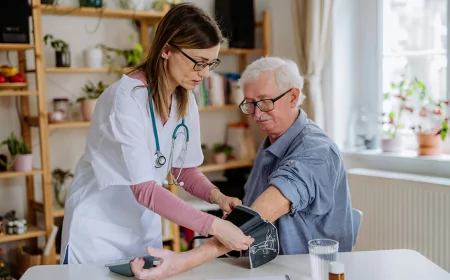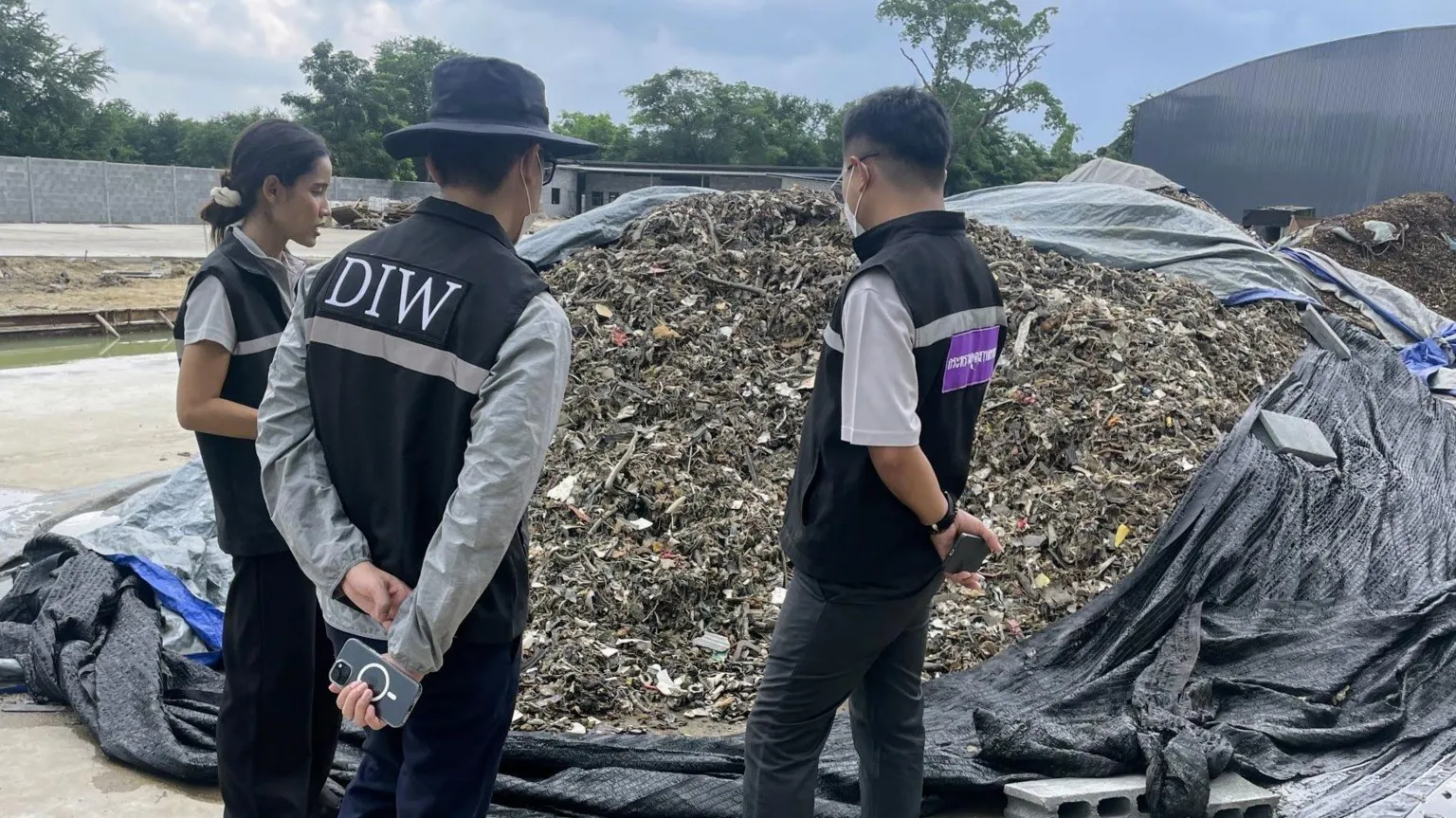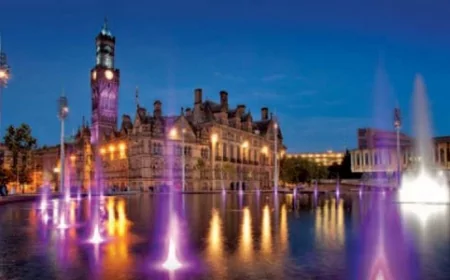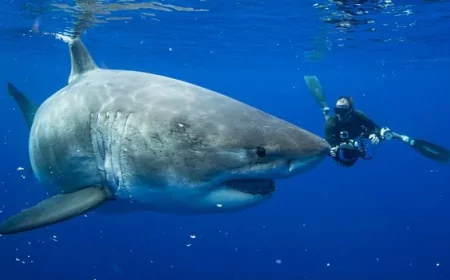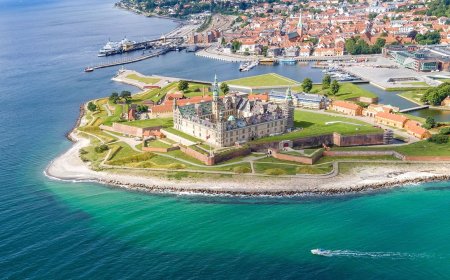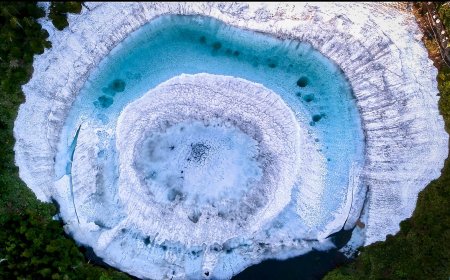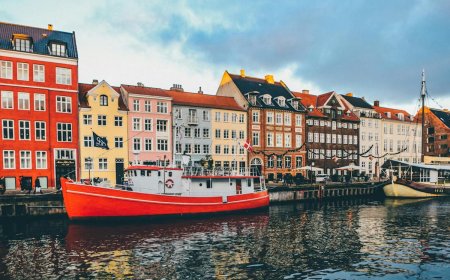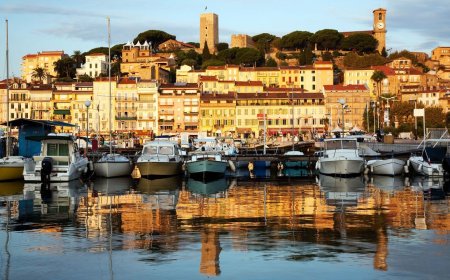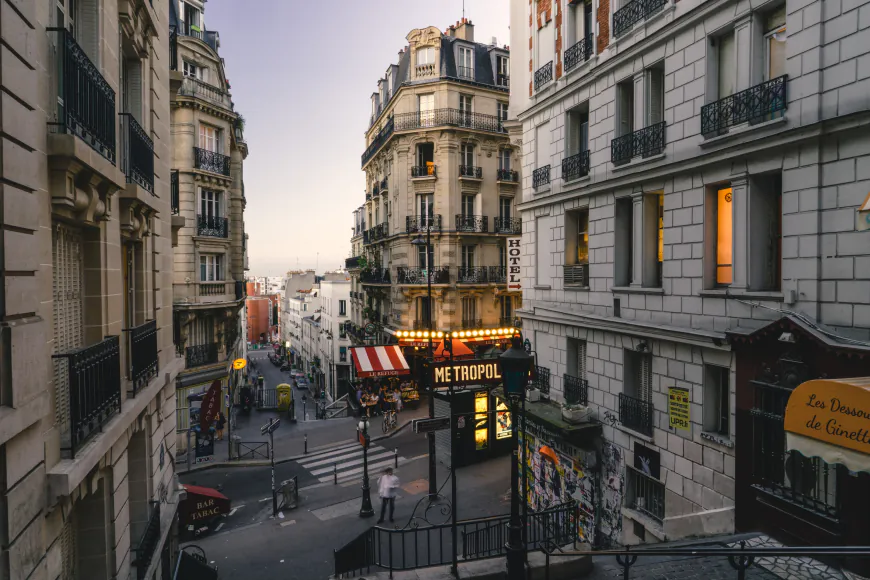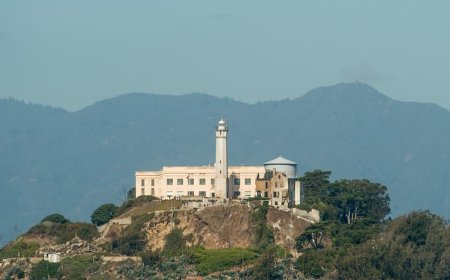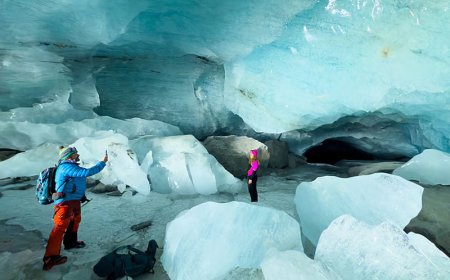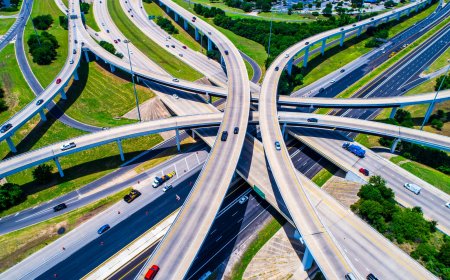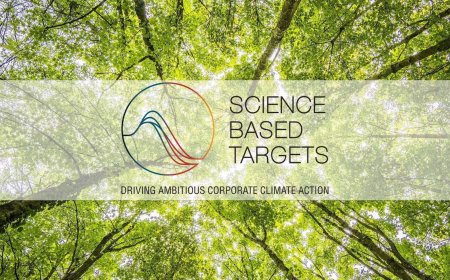Dominican Republic fights relentless battle against sargassum on iconic beaches
Punta Cana, Dominican Republic (EFE).- The Dominican Republic is waging an ongoing battle to clear its world-famous beaches of sargassum seaweed, as massive buildups once again overwhelm stretches of coastline in Punta Cana and beyond.

Along Bávaro Beach, Marlon, 28, pushes a wheelbarrow full of tangled brown algae under the blazing sun.
“My day starts at 8 am, and I do dozens of trips a day clearing sargassum so tourists can walk comfortably and enjoy the beauty of this beach,” he told EFE.

Marlon is one of many laborers hired by small hotels to manually clear the invasive algae. Larger resorts deploy specialized machinery that rakes, shreds and hauls off the seaweed in bulk.
The machines have become part of the beach landscape, often drawing the curiosity of tourists.
While some visitors take photos or learn bachata by the shoreline, others are visibly surprised by the scale of the sargassum invasion.
“I’ve been to Punta Cana before, always around Christmas,” said Fernanda, a tourist from Spain.
“This is the first time I’ve seen beaches like this, completely covered in seaweed. It’s shocking.” Despite her surprise, she said she would return: “Definitely, but only during the holiday season.”
A blow to tourism and marine life
The sargassum crisis, which affects much of the Caribbean, including Mexico, Cuba, and Puerto Rico, is now seen by Dominican authorities as a major regional threat.
During the recent UN Ocean Conference (UNOC3), Dominican President Luis Abinader urged global leaders to declare it a “regional emergency”.
“Sargassum is no longer an anomaly, it has become a crisis,” Abinader said. “It deals a significant blow to the GDP of island nations and contributes to widespread environmental, economic, and social damage.”

In the Dominican Republic, tourism accounts for 19% of GDP, making clean beaches critical to the national economy.
The seaweed not only deters visitors, but also harms marine ecosystems, including fish, coral reefs, and sea turtles.
As it decomposes, it emits a foul odor and may cause respiratory issues, particularly for vulnerable populations.
The impact has been felt beyond the shore.
“It’s hard to find clients for diving tours right now,” said Pedro, a local scuba guide. “People assume the water is going to be full of seaweed wherever we take them.”
Turning a crisis into opportunity
In response to the growing challenge, the Dominican Republic is pursuing long-term strategies to mitigate and repurpose sargassum.
Efforts include marine protection policies, a national strategy for ocean space management, and the launch of an open oceanographic data platform to support fishers, researchers, and tourism operators.
This month, the Dominican Republic and the European Union inaugurated the first Working Group on Sargassum Valorization, bringing together stakeholders from government, academia, business, and civil society to explore viable value chains for processing the algae.

According to the Ministry of Environment and Natural Resources, the goal is to transform sargassum into economic opportunity, such as using it in biofuel, fertilizers, cosmetics, or even food production.
The government has also launched a call for proposals from companies focusing on the collection, monitoring, treatment, and reuse of seaweed.
As part of its climate commitment, it plans to harvest and process 5% of the projected sargassum volume by 2026 (50,000 metric tons), increasing to 10% by 2027 (100,000 metric tons). EFE
ob-acm/seo/mcd




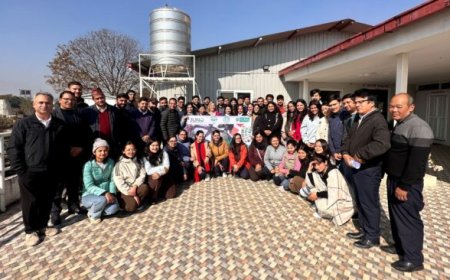
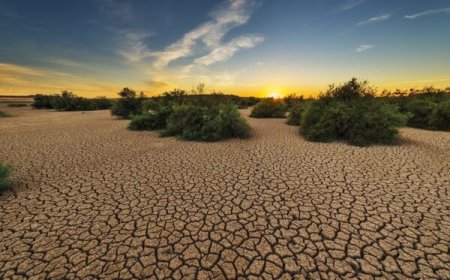

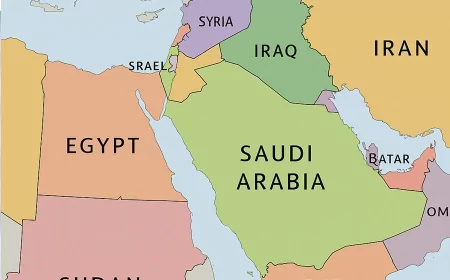
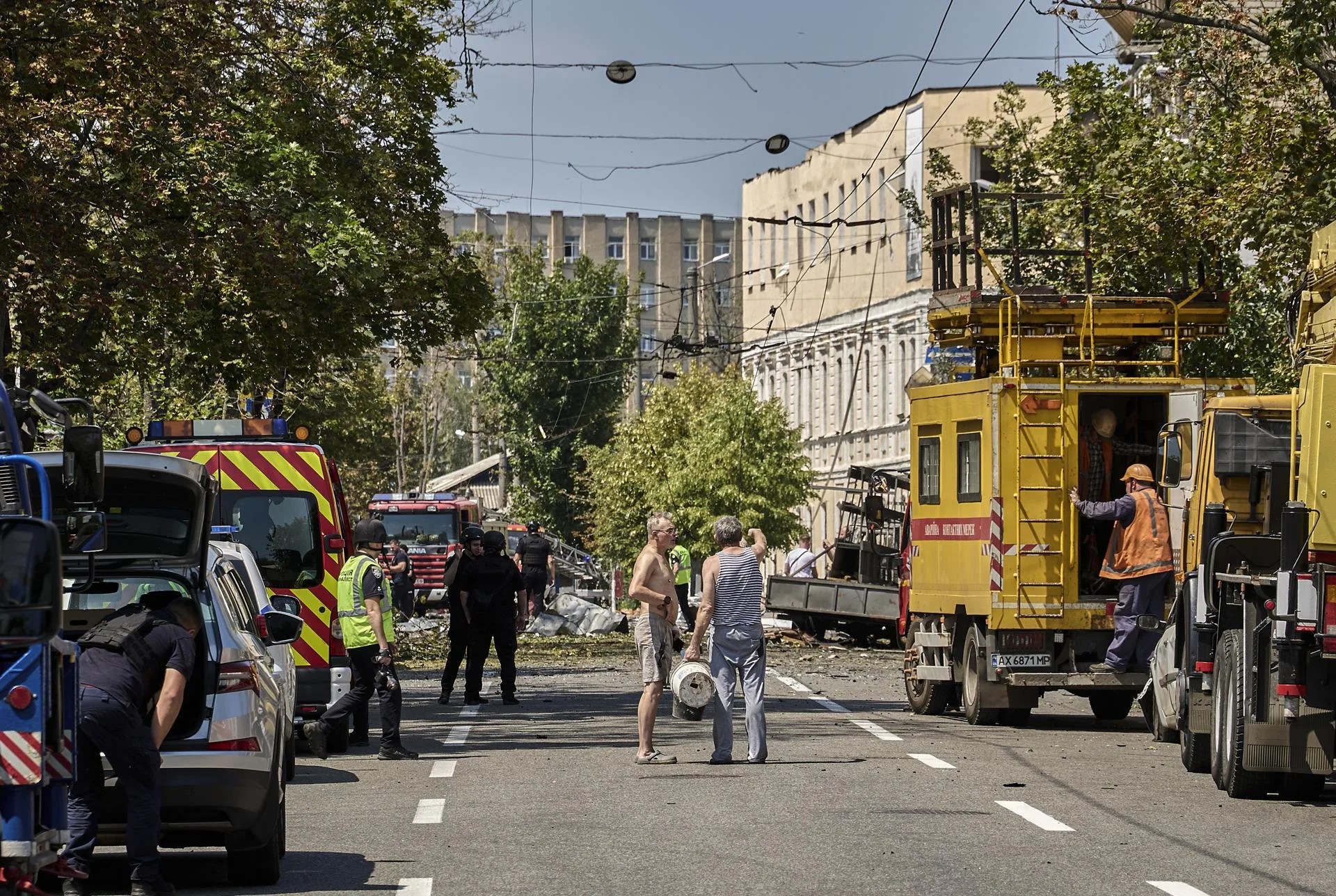



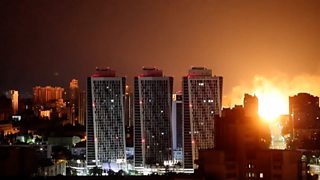



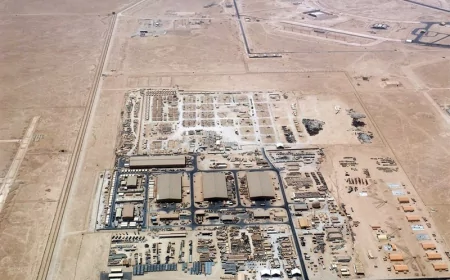
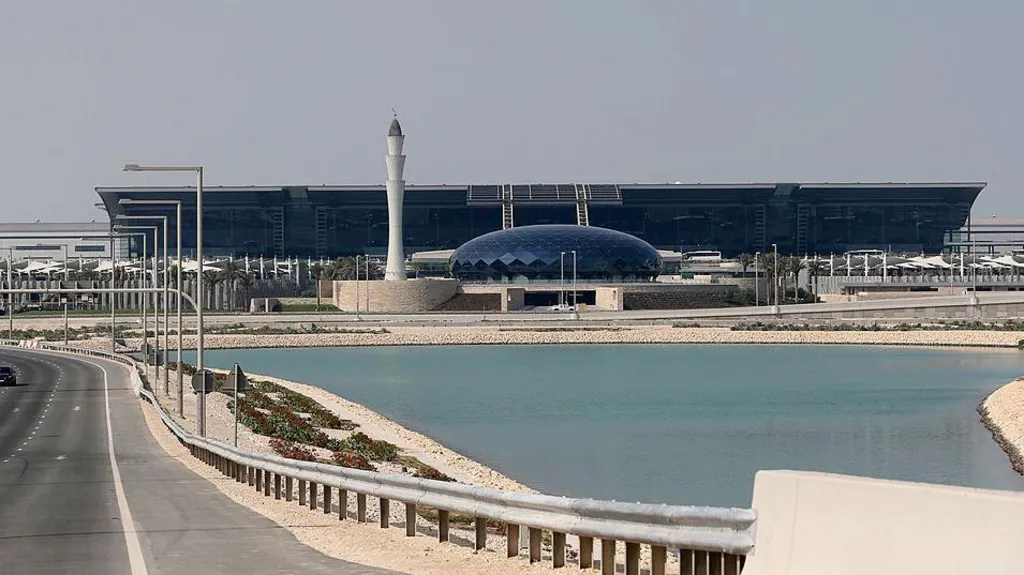


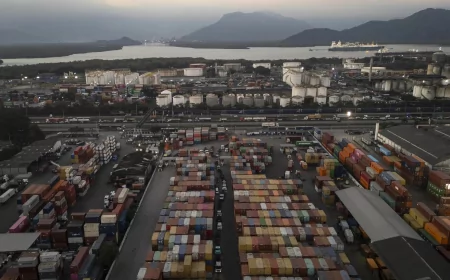


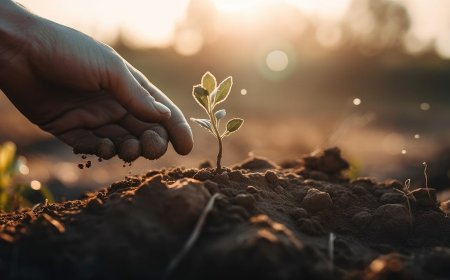
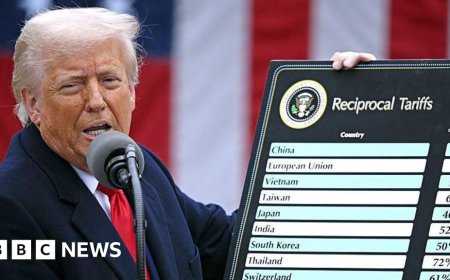























:format(webp)/cdn.vox-cdn.com/uploads/chorus_image/image/73776247/1227541383.0.png)
